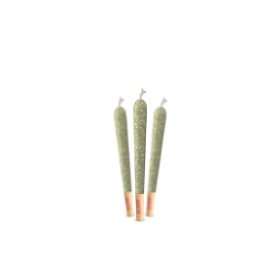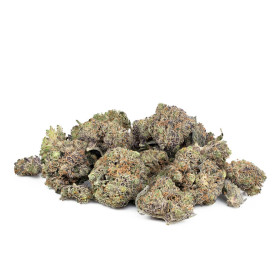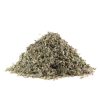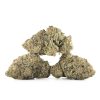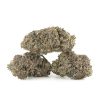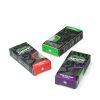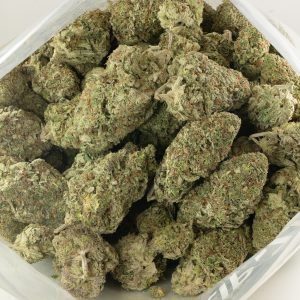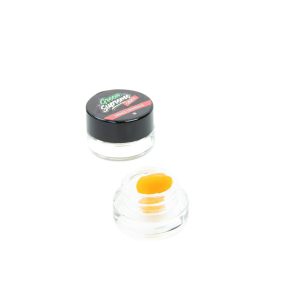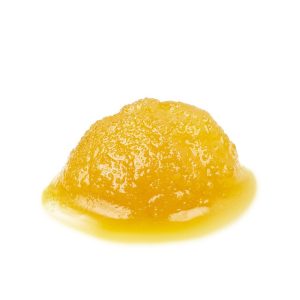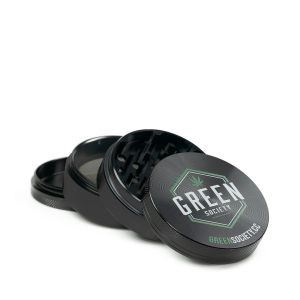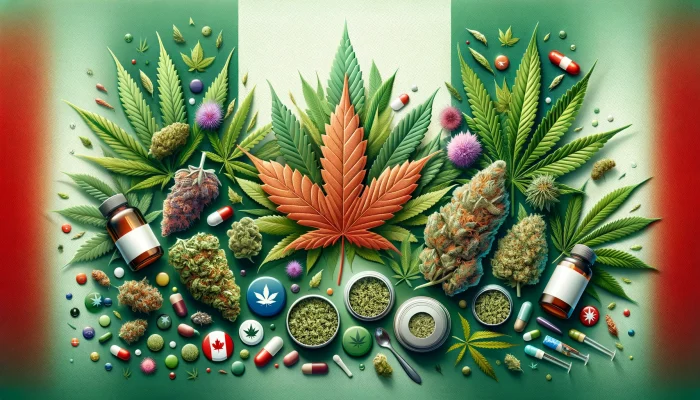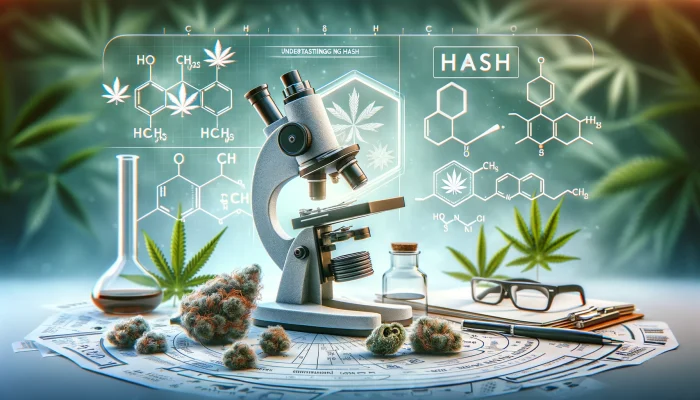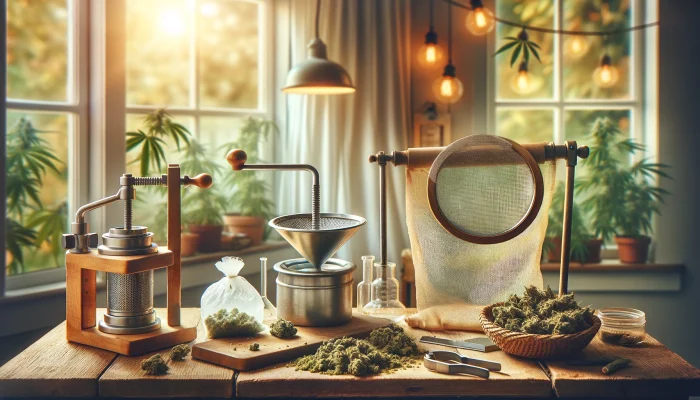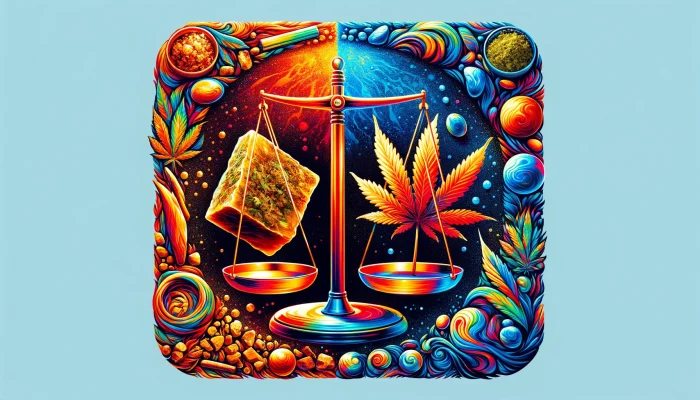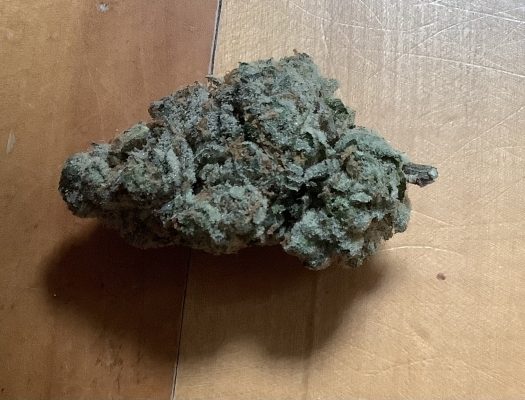Exploring the Health Benefits of Cannabis: Fact vs. Fiction
In recent years, the conversation around cannabis has shifted significantly. Once viewed through a lens [...]
Feb
Cooking with Hash: Innovative Recipes for the Culinary Adventurer
Dive into the world of cooking with cannabis hash with our guide. Discover unique recipes, [...]
Feb
The Comprehensive Guide to Different Cannabis Strains for Canadians
Unlock the mysteries of cannabis strains with our comprehensive guide. Learn how to choose the [...]
Feb
Cannabis Hash for Medical Use: Benefits, Strains, and Patient Stories in Canada
The therapeutic use of cannabis, particularly in the form of hash, offers a myriad of [...]
Feb
The Ultimate Guide to Cannabis Hash: Origins, Types, and Uses for Canadians
Cannabis hash has been a prominent part of marijuana culture for centuries, offering users a [...]
Feb
The Science of Hash: Understanding Its Potency and Effects for Canadians
In recent years, the conversation around cannabis and its derivatives has evolved significantly, especially within [...]
Feb
How to Make Hash at Home: A Step-by-Step DIY Guide for Canadians
In the world of cannabis enthusiasts, hash holds a special place for its potency and [...]
Feb
Hash vs. Weed: Comparing Effects, Uses, and Preferences
When stepping into the diverse world of cannabis, one is met with a plethora of [...]
Feb
Perks Of Mail Order Weed
In the evolving world of cannabis consumption, mail order weed has emerged as a convenient [...]
Nov
Apple Fritter: The Aromatic Powerhouse for Discerning Cannabis Aficionados
Embarking on a journey to discover the magnificent world of cannabis strains leads us to [...]

